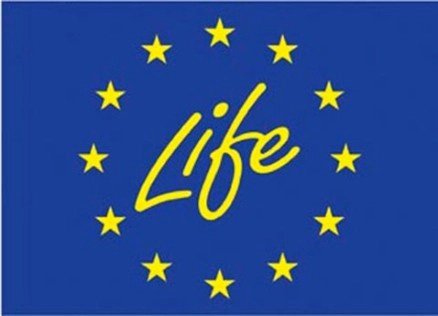Protect marine life from noise pollution
Mission : PIAQUO | Year : 2019-2024 | Stakeholders : European Life Project
Purpose of the study
Anthropogenic noise is a major source of pollution in the ocean. There are many sources of temporary noise, such as pile-driving and seismic exploration, but there are also permanent/recurring noises, such as the pumps in desalination plants or seawater air-conditioning systems.
The most common source of noise in the ocean is maritime traffic. The PIAQUO project proposes solutions to reduce this noise and its effects on the marine ecosystem.
In this project, Alseamar has proposed using 4 underwater gliders at sea to detect and locate marine mammals (dolphins, sperm whales and fin whales) present in the PELAGOS sanctuary and to warn ships of their presence using the REPCET® system.
The cumulative time spent on this mission is approximately 1 year (4 missions of 4 gliders over 25 days).
Duration of the study
Our gliders deployed by our team
Each season, Alseamar deployed its 4 gliders, which sailed over 200Nm in one month. During their navigation, the gliders remained about 2Nm apart to enable the marine mammals to be located. Equipped with an acoustic antenna and intelligent acquisition, the gliders are able to recognise marine mammals. By combining the information from the 4 gliders, the position of the marine mammals is calculated by the GLIMPSE piloting software.
Two PhDs in acoustics and the whole of the offshore service team made it possible to maintain this study, which lasted a year and mobilised a large amount of equipment. The teams from the NGO Miraceti and those in charge of REPCET enabled us to consolidate our data with their experience. The gliders also took part in Miraceti’s visual reconnaissance mission.
Observed results
From a technological point of view, this study enabled us to demonstrate the ability of gliders to carry out mammal reconnaissance and positioning missions. This mission also convinced us to improve our intelligent payload in order to simplify the implementation of specific algorithms: this gave rise to the ‘Auris’ product designated by Alseamar.
From a scientific point of view, this study showed the density of species along the route over several seasons. It also showed that we could transmit the positions of marine mammals directly to REPCET in order to better protect them from the risks of collision with ships.


Legal notices
With the support from the European Union LIFE-PIAQUO LIFE18ENV/FR/000038